- The Malaysia East Rail project is a railway built with a full set of Chinese standards, with a planned total length of 688.3 kilometers
- After the project is completed, it will connect important towns on the east coast of Malaysia with the economic center on the west coast, and promote the overall economic and social development of Malaysia.

Brahim, the head of Zelijia Village, Longyun County, Terengganu State, Malaysia, has recently acquired a new hobby. He always runs to a construction site near the village when he has nothing to do. Seeing the bridge piers grow taller, he is closer to realizing his wish. "These bridge piers were built for the East Coast Railway in Malaysia. After repairs, trains can pass directly through the Dragon Canal. We all look forward to this day coming soon!" 59-year-old Brahim pointed to the bridge piers in the distance, his eyes concealed I can't help but be happy.
Malaysia is the first country along the line to respond to and participate in the Belt and Road Initiative. China and Malaysia have achieved fruitful cooperation under the framework of the Belt and Road Initiative, among which the Malaysian East Coast Railway Project has become a landmark project.

Railway cooperation between China and Southeast Asia is in the ascendant
The construction of high-speed rail in Southeast Asia is not only directly affected by the politics of the founding country, but also needs to coordinate the relationship between countries in the region. Therefore, the situation is very complicated, and at the same time, the problems of lagging and unbalanced development are quite prominent. When referring to the Southeast Asian high-speed rail in the order of history, one has to mention the previous concept of the Pan-Asian Railway Network, the China-Laos Railway, the China-Thailand High-speed Railway, and the Jakarta-Bandung High-speed Railway...
The Trans-Asian Railway Network has not yet been realized, but it is the harbinger of ASEAN's economic and trade integration, which is of great significance. After arduous struggles, Southeast Asian countries achieved national independence. The nature of the country has changed, and the desire to promote economic development has become stronger. The Trans-Asian Railway network has always been an important issue for Southeast Asian countries.
On April 13, 2023, at 8:08 Beijing time, the first international passenger train D887 of the China-Laos Railway departed from Kunming South and headed for Vientiane, Laos. This marks that from now on, Kunming and Vientiane can be reached by train on the same day. The China-Laos Railway is a railway jointly invested and operated by China and Laos. Literally, although the China-Laos Railway is not a high-speed railway, in Southeast Asia, the China-Laos Railway not only runs in parallel with passengers and freight, but also runs at a speed of only 160km/s, which is 2 to 5 times faster than the local mainstream. times, it is fully worthy of the title of high-speed rail, and the locomotive is also the same as the "Fuxing" in China. In some local places, the China-Laos Railway is directly called high-speed rail.

The China-Thailand high-speed railway is a veritable high-speed railway. It directly adopts Chinese standards for construction and construction, and adopts a large number of technologies from Chinese companies. The project has already broken ground in 2022.
There are many railways like this in Southeast Asia. The East Coast Connecting Railway in Malaysia, also constructed by China, has a passenger speed of 160km/s. Although it does not meet the definition of high-speed rail, it actually uses a lot of high-speed rail technology. This is also a landmark project of China in Malaysia.
At present, the main-line express railways in Southeast Asian countries generally tend to introduce Chinese technology and purchase Chinese services. As the cost advantage of China's high-speed rail and infrastructure has grown, China's international reputation has gradually improved. Therefore, China's high-speed rail construction in Southeast Asia can only be described as in the ascendant, far from being able to start a prairie fire. More often, it can only be built gradually in a low-standard form such as the China-Laos Railway. Only when there are a large number of "dead roads" that Chinese standard bullet trains can travel in each country, can the construction of high-speed rail in Southeast Asia truly embark on the "fast road" ".

Challenges and Opportunities of East Coast Railway Construction
Malaysian Prime Minister Anwar paid an official visit to China after attending the opening ceremony of the Boao Forum for Asia Annual Conference 2023, accompanied by Malaysian Transport Minister Loke Siu Fook and many Malaysian business representatives. Anwar's visit to China is mainly to strengthen bilateral relations, and the follow-up visit by Minister of Transport Lu Zhaofu means to talk about some specific things. After going through many behind-the-scenes negotiation processes, the flagship cooperation project between China and Malaysia, the East Coast Rail Link in Malaysia, has achieved a win-win situation.
The Malaysian East Coast Railway is a railway line that plans to connect the more developed west coast of the Malay Peninsula and the relatively backward three states on the east coast. From Kelantan on the east coast to Selangor on the west coast, the planned total length is 688.3 kilometers , connecting several key cities in Malaysia, including Taobei, Kota Bharu, Kuala Terengganu, Kuantan, Zengka, Mentakab, Bentong, Gombak, Klang, etc.
The Malaysia East Rail Project is a railway project jointly built by Malaysia and China in the form of EPC cooperation. This railway project is regarded as a representative project of China and Malaysia under the framework of the Belt and Road Initiative. In November 2016, the Malaysian government and Chinese companies reached a consensus on the financing framework and project construction. On August 13, 2017, the construction of the first phase of the East Rail Project was officially launched. In 2018, Mahathir was the new prime minister. Afterwards, the Malaysian government announced the suspension of the East Rail project, saying that only a further price reduction from the original cost would make the project financially and economically viable. Until April 2019, the East Coast Railway, which had been suspended for nearly a year, ushered in a turning point. After long-term negotiations between China and Malaysia, the two sides agreed to renew the supplementary contract on the basis of the original railway contract, that is, to reduce the original railway project. Costs were reduced, and so far the East Coast Railroad has restarted construction.

This project is of great significance to Malaysia's regional economic development and improvement of social welfare. Malaysian Transport Minister Lu Zhaofu mentioned in an interview: After the completion of the East Coast Railway, the economic linkage between the east and west coasts of Malaysia will be realized. Unbalanced development.
At the same time, in the newly revised plan, the participation of local contracting in Malaysia has been increased from 30% to 40%. This move will also enhance the localization of technology and materials of the East Coast Railway, and can further strengthen the economic influence along the railway. Stimulation and motivation. A person in charge of the China Communications Construction Malaysia East Coast Railway project said: "The East Coast Railway project will create a large number of employment opportunities for the local society in Malaysia." 6,000 jobs will be created in the later stage of railway maintenance management.
The most important thing is that the Malaysia East Coast Rail Link project connects the important towns on the east coast of Malaysia and the economic center on the west coast, and builds the east-west railway transportation trunk line of the Malay Peninsula, which greatly promotes the development of commerce, logistics, import and export, tourism and other industries. Conducive to improving the convenience of people's lives.
The Belt and Road Initiative gives developing countries an opportunity, a choice, because infrastructure is a catalyst for growth in many developing countries. Connecting Southeast Asian countries with a high-speed railway network was once the grand dream of many people in Southeast Asia. Regarding this dream, Lu Zhaofu said: "I expect China to play a more important role in the construction of the Southeast Asian railway network."

Malaysians are looking forward to
The Malaysia East Rail Link, which is designed to be more than 600 kilometers in length, is regarded as a "road bridge" connecting the east and west coasts of Malaysia, and is undertaken by China Communications Construction Group Co., Ltd. The project is scheduled to be completed by the end of 2026, Section A and Section B, and Section C by the end of 2027. After opening to traffic, the time from Kelantan on the east coast to Selangor on the west coast will be shortened to 4 hours, which will greatly facilitate residents' travel and improve logistics efficiency. level of interoperability.
"Our village is only two kilometers away from the station. My biggest wish is to take the villagers on a train to Kuala Lumpur." said Brahim, head of Zelija Village, Dungun County, Terengganu State, Malaysia. After the opening of the train, the time from the village to Kuala Lumpur will be greatly reduced, and he can often go to Kuala Lumpur to see the children working there.
At the construction site of the Malaysia East Rail Link project in Kota Bharu, the capital of Kelantan, during the series of activities organized by the Malaysian Silk Road Friends Club to celebrate the 10th anniversary of the joint construction of the Belt and Road Initiative, local NGOs and residents were invited to the front line of the construction , Feel this landmark project of the Belt and Road.
Sai Mi, who came to participate in the event, is the head of the nearby Batang Haban Village. He gave a thumbs up and said: "Chinese-funded enterprises not only quickly promote the construction of the project, but also help the village build roads and hold football friendly matches. Everyone has become a good friend. Friends.” He believes that the Malaysia East Rail Project has promoted local development during the construction period and encouraged many local youths to work on the project. The villagers all look forward to the early opening of the Malaysia East Rail Link to help open up the market for local agricultural products.

Kelantan is the starting point of the Malaysia East Rail Link, a landmark project of the Belt and Road Initiative jointly built by China and Malaysia. While stepping up the construction of the project, the Chinese enterprises are also actively fulfilling their social responsibilities and making contributions to improving the lives of ordinary people along the project.
Hafizul Nizam Abdullah, chairman of the Kelantan Sustainable Development Association, said after visiting the Malaysia East Rail project: "I hope that the Malaysia East Rail project will give local young people more opportunities to study and work, and the project will be opened to traffic." In the future, it will drive the development of commerce and logistics, and help local goods and services go to the whole country."
China Communications Construction regards the Malaysia East Rail Project as the "number one project", and will concentrate the best resources, devote the greatest energy, and give full play to the strongest advantages to create a high-quality project, and go all out to provide the local people with a technologically advanced, green and environmentally friendly High-standard railways contribute to the promotion of Malaysia's economic and social development.
In this regard, Malaysian Minister of Transport Lu Zhaofu expressed his high appreciation, believing that China has minimized the impact on local wild animals and the ecological environment. He said: "Malaysia's transportation industry has been rejuvenated by the joining of Chinese-funded enterprises. The Malaysia East Rail Link is a strategic engineering project that will drive economic and industrial development along the east coast in the future, and at the same time connect the east coast with Klang, the main port of Malaysia. port".
The friendly exchanges between China and Malaysia have a long history. The story of Zheng He's seven voyages to the West and five visits to Malacca is well-known in Malaysia and has become a good story in the history of China-Malaysia exchanges. The Malaysia East Rail Link project has enabled China and Malaysia to share weal and woe and advance hand in hand. The Malaysian proverb "cutting the water continuously" is a vivid portrayal of the friendly relationship between the two countries. Editor / Zhao E
Comment
 Praise
Praise
 Collect
Collect
 Comment
Comment
 Search
Search



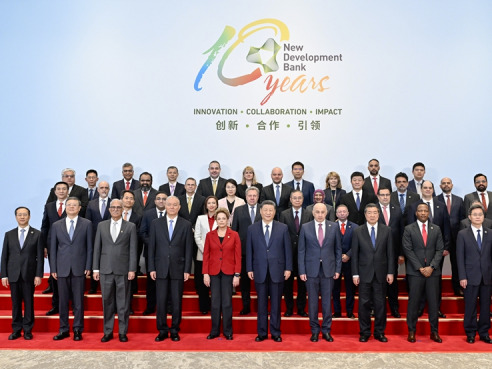
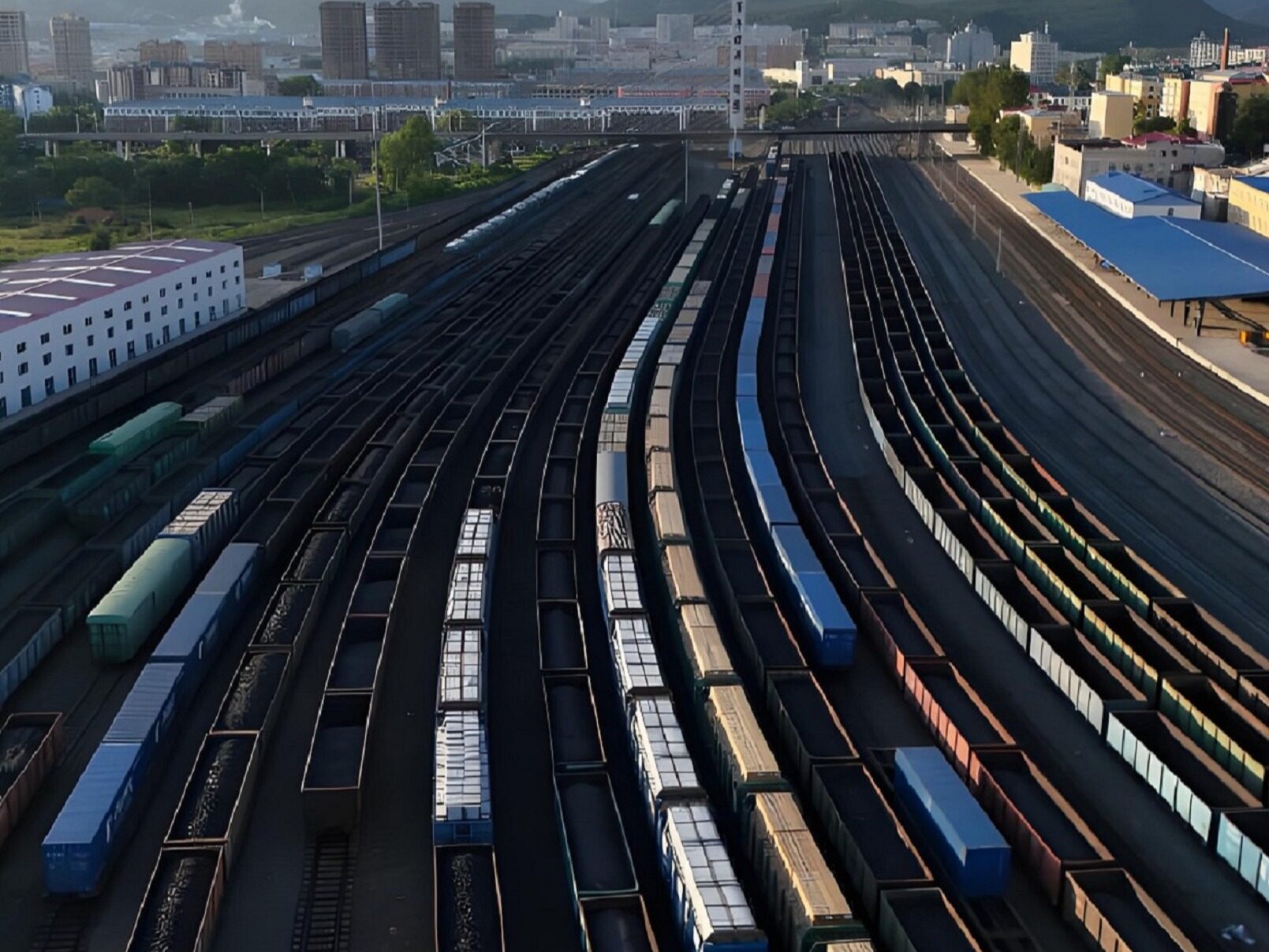
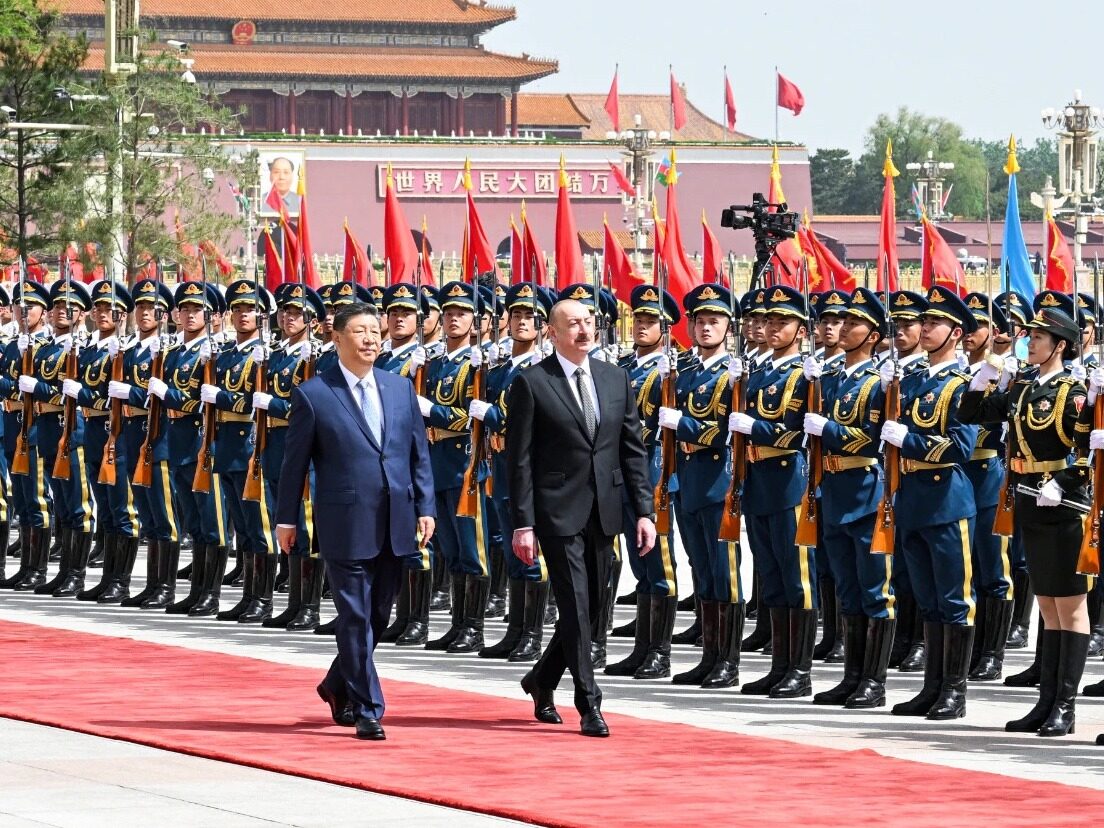
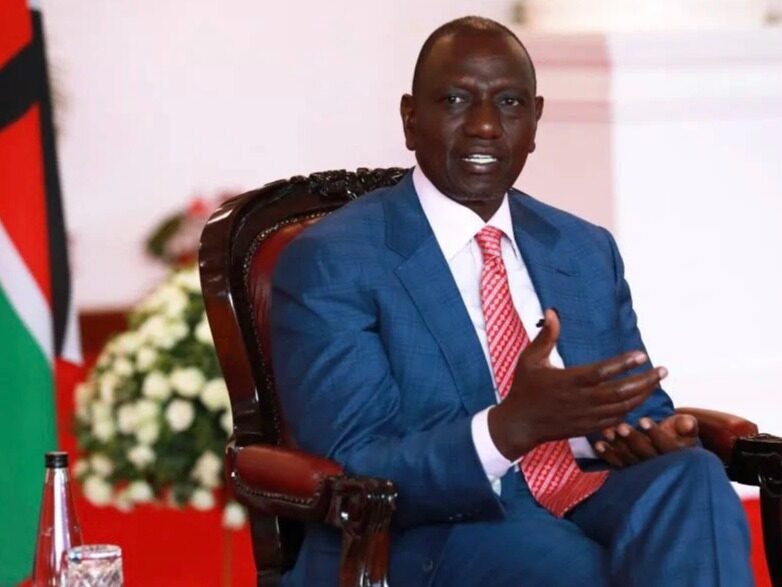
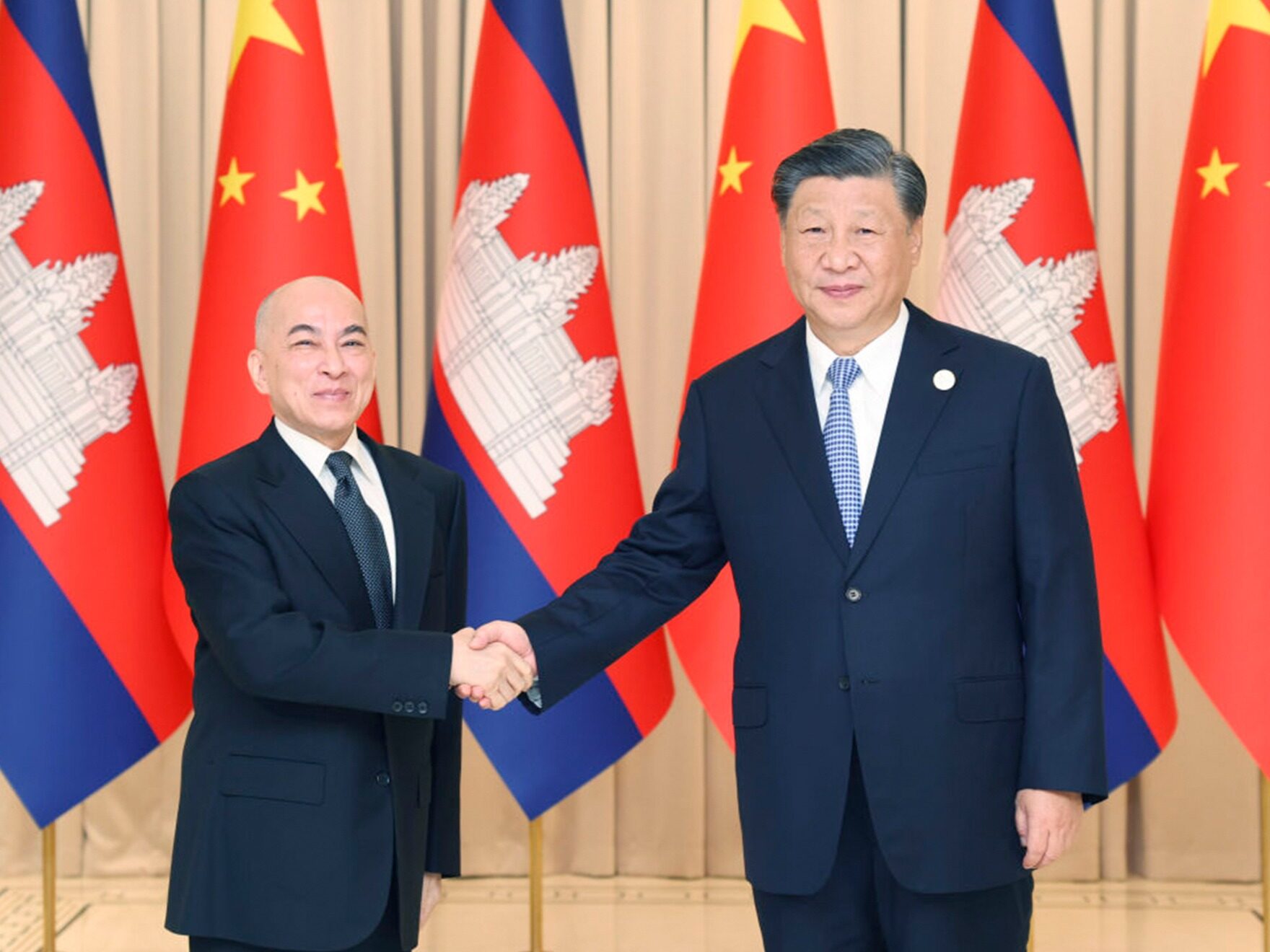






Write something~